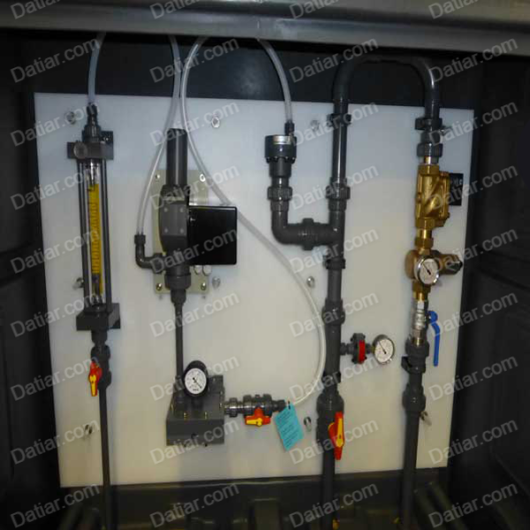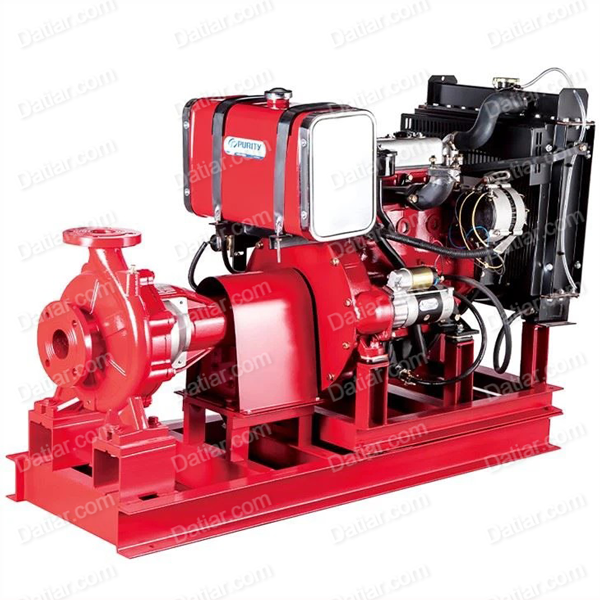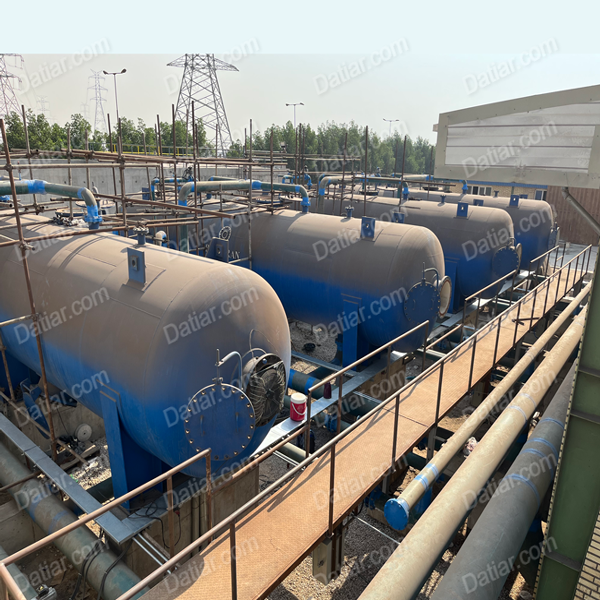Chlorination System
Chlorination System means Ensuring Safe Drinking Water
Microorganisms can be present in raw water sourced from rivers, lakes, and groundwater. While not all microorganisms pose a threat to human health, some, known as pathogens, can lead to diseases in humans. These waterborne pathogens can be transmitted through the distribution of drinking water, resulting in waterborne illnesses among consumers.
To combat waterborne diseases, various disinfection methods are employed to neutralize pathogens. In conjunction with coagulation, sedimentation, and filtration, chlorination plays a pivotal role in producing water that is safe for public consumption.
Chlorination is a well-established disinfection method that has been in use for over a century and continues to be utilized today. This chemical-based disinfection process employs different forms of chlorine or chlorine-containing substances to oxidize and disinfect the water intended for drinking.
Chlorine is a potent disinfectant capable of eradicating a wide range of microorganisms, including bacteria, viruses, and protozoa. While pure chlorine gas is hazardous, stabilized chlorine products in liquid or solid forms are safer, more affordable, and readily accessible. These products are commonly employed to disinfect drinking water in diverse scenarios:
– In piped water distribution systems
– In water trucks for transportation
– Added to buckets or jerrycans of water collected from handpumps, either manually or through dispensers
One of the key advantages of chlorination is that it can leave a residual amount of chlorine in the water, preventing recontamination over time. This method is cost-effective, widely available, doesn’t require specialized equipment for dosing, and can be easily measured. However, careful handling is essential, and monitoring and dosing must be meticulously managed to ensure effective water disinfection.
Chlorination’s ability to leave a residual effect in the water is one of its strong points. This residual chlorine helps to provide ongoing protection against potential contamination during distribution. Moreover, the simplicity of dosing and the potential for post-treatment residual protection make chlorination a valuable tool in ensuring the safety of drinking water.
For further information or specific inquiries, please don’t hesitate to reach out.






